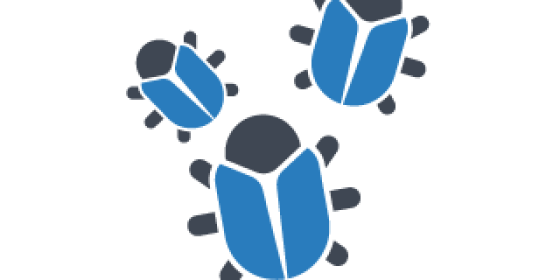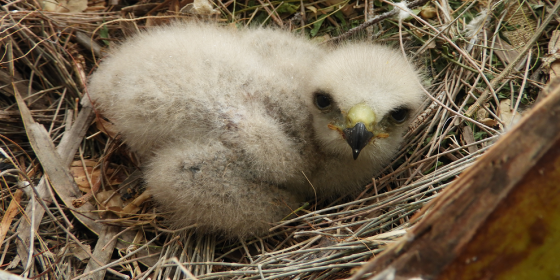Threats to Raptors
Invasive Species


David Anderson
We are working to develop effective treatment options with intensive hands-on management, and the results have been successful. Long term, we need to discover the cause of this ecological imbalance that not only affects Ridgway’s Hawks, but many other species on islands across the Caribbean.
Climate Change
Contaminants
Energy Supply
Habitat Loss
Human Conflict
Invasive Species
Knowledge Gap
Lead Poisoning






